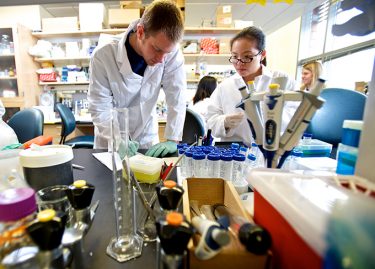

You will be able to identify the relevant OSHA standard for laboratory safety and discuss major components and requirements.
While all workers are subject to OSHA Laboratory Standard, overall responsibility for chemical hygiene and lab safety lies with the laboratory supervisor. The standard outlines specific duties for the supervisor, including:
By the end of this course delegates will be able to:
Lab Managers, Chemical Engineers, Supervisors, Environmental, Health & Safety Personnel & Professionals, Management Personnel who have industrial hygiene responsibilities, Risk Managers, Operations Managers, Line Managers who have been assigned responsibilities of safety management system & in training employees in safety rules, Personnel who are coordinating, supervising, or managing safety and health efforts, Safety Leaders and middle/upper managers.
BTS attendance certificate will be issued to all attendees completing minimum of 75% of the total course duration.
| Code | Date | Venue | Fees | Register |
|---|---|---|---|---|
| HSE118-01 | 08-02-2026 | Dubai | USD 5450 | |
| HSE118-02 | 05-07-2026 | Dubai | USD 5450 | |
| HSE118-03 | 28-09-2026 | Istanbul | USD 5950 | |
| HSE118-04 | 06-12-2026 | Doha | USD 5450 |
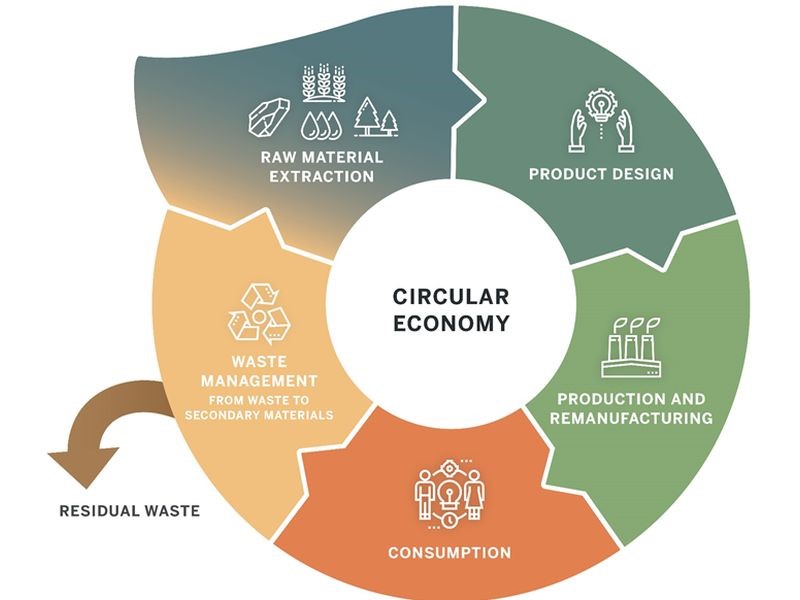
Global consumption patterns with increasing complexity and volume of generated waste, urge for the need to continuously optimize waste management. The driving force behind this mobilization is primari ...
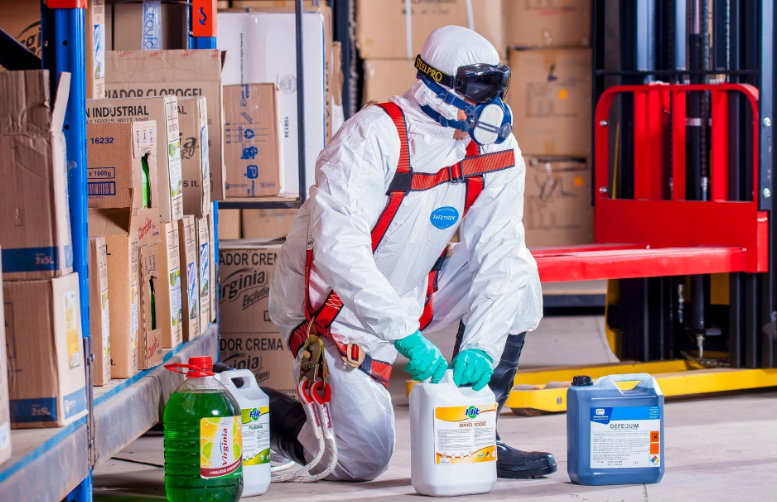
Emergency responders are those people who may be the first emergency personnel to arrive at hazardous material/waste incidents and are expected to take some evasive actions to protect the people or th ...
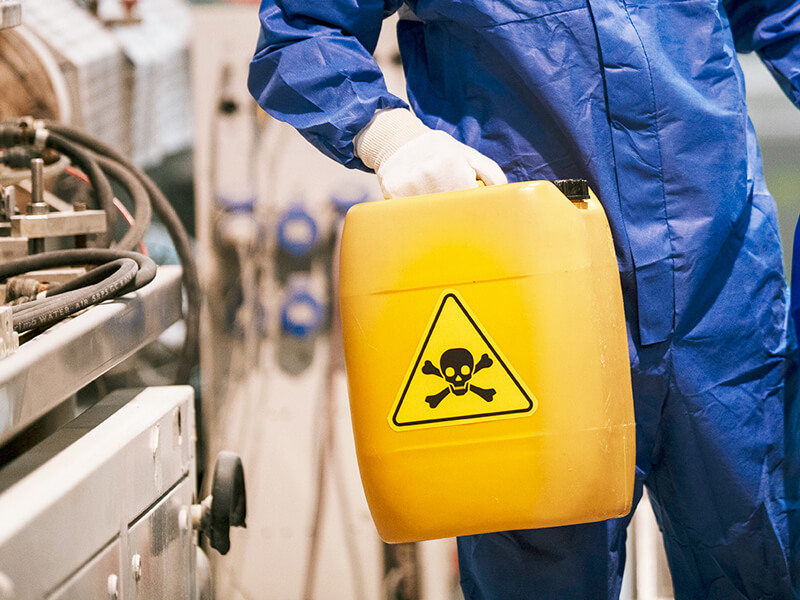
Exposure to chemicals is one of the most common hazards in occupational settings. Where individuals are exposed to chemical substances at work risk assessments are required for compliance with the Eur ...
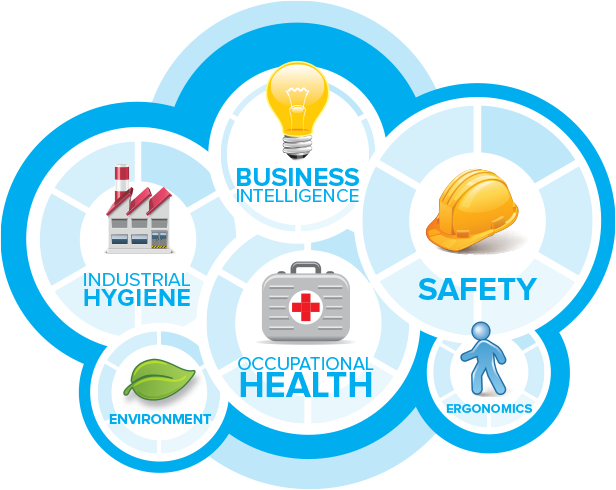
Occupational Risk Management is a modern fast moving subject. It covers all aspects of risk associated with the worker, the work environment and its effects on health. There are many interfaces with o ...
Providing services with a high quality that are satisfying the requirements
Appling the specifications and legalizations to ensure the quality of service.
Best utilization of resources for continually improving the business activities.
BTS keen to selects highly technical instructors based on professional field experience
Since BTS was established, it considered a training partner for world class oil & gas institution
1st floor, Incubator Buildingو Masdar City, Abu Dhabi, UAE
Sun to Fri 09:00 AM to 06:00 PM
Contact Us anytime!
Request Info